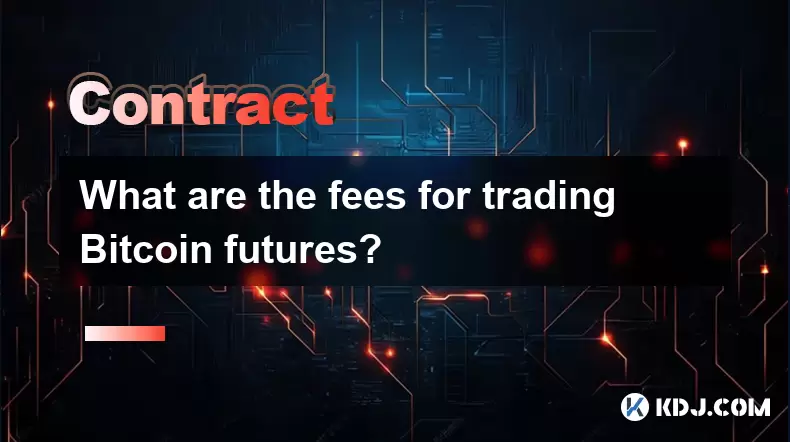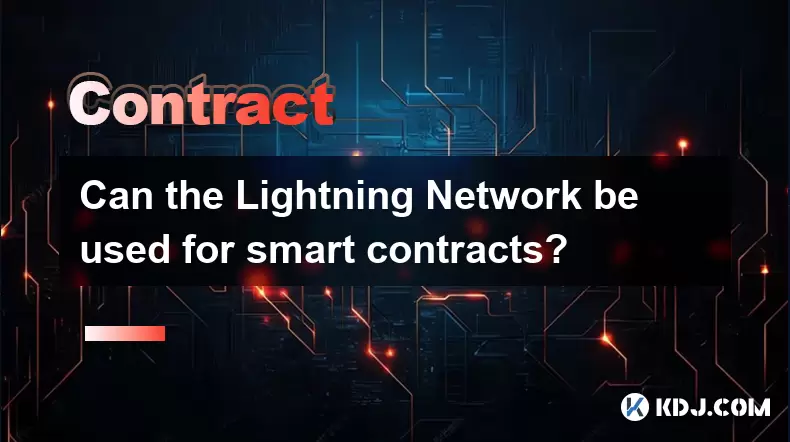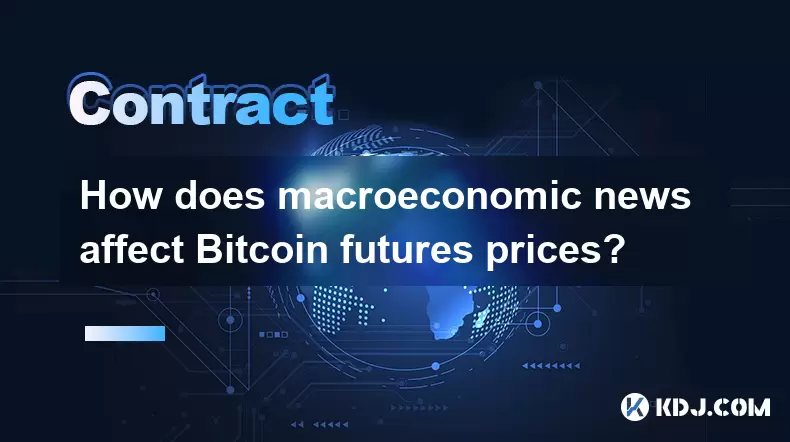-
 Bitcoin
Bitcoin $117,462.8204
-2.03% -
 Ethereum
Ethereum $3,061.1595
1.10% -
 XRP
XRP $2.9139
-2.19% -
 Tether USDt
Tether USDt $1.0002
0.02% -
 BNB
BNB $685.1357
-1.24% -
 Solana
Solana $161.3803
-2.11% -
 USDC
USDC $1.0002
0.04% -
 Dogecoin
Dogecoin $0.1948
-2.92% -
 TRON
TRON $0.2987
-0.89% -
 Cardano
Cardano $0.7330
-1.27% -
 Hyperliquid
Hyperliquid $47.7888
0.13% -
 Stellar
Stellar $0.4514
-2.93% -
 Sui
Sui $4.0169
2.74% -
 Chainlink
Chainlink $15.7088
-2.57% -
 Hedera
Hedera $0.2356
-3.33% -
 Bitcoin Cash
Bitcoin Cash $488.6656
-3.61% -
 Avalanche
Avalanche $21.2955
-1.47% -
 UNUS SED LEO
UNUS SED LEO $9.0415
0.42% -
 Shiba Inu
Shiba Inu $0.0...01332
-0.82% -
 Toncoin
Toncoin $3.0124
-0.62% -
 Litecoin
Litecoin $94.2175
-2.07% -
 Polkadot
Polkadot $4.0011
-0.61% -
 Monero
Monero $333.5714
-3.46% -
 Uniswap
Uniswap $9.1114
-1.56% -
 Dai
Dai $1.0000
0.02% -
 Ethena USDe
Ethena USDe $1.0005
0.00% -
 Bitget Token
Bitget Token $4.4951
1.87% -
 Pepe
Pepe $0.0...01242
0.47% -
 Aave
Aave $321.9943
0.51% -
 Bittensor
Bittensor $434.1984
5.13%
What are the fees for trading Bitcoin futures?
Bitcoin futures trading fees vary by platform and include maker-taker fees, funding charges, and withdrawal costs, impacting overall profitability.
Jul 14, 2025 at 06:49 am

Understanding Bitcoin Futures Trading Fees
Trading Bitcoin futures involves various fees that traders must understand before entering the market. These fees can significantly affect profitability, especially for frequent traders. The primary costs include trading fees, funding fees, and other incidental charges. Each platform structures these fees differently, so it's essential to review them carefully.
Most exchanges charge a maker-taker fee model, where makers provide liquidity by placing limit orders, while takers remove liquidity by filling existing orders. The fees usually range between 0.01% to 0.1% for makers and 0.02% to 0.15% for takers. Some platforms offer discounts or rebates for high-volume traders.
Breakdown of Maker and Taker Fees
On major derivatives exchanges like Binance Futures, Bybit, and OKX, the maker-taker fee structure is standard. For example:
- Binance Futures: Makers pay 0.02%, takers pay 0.04% (can be reduced with BNB discounts)
- Bybit: Makers pay 0.01%, takers pay 0.06%
- KuCoin Futures: Makers pay 0.02%, takers pay 0.06%
These fees are applied on every trade executed. Traders should also consider the rebate system offered by some platforms. If you're consistently adding liquidity, you might earn small rebates per trade, which can offset overall trading costs over time.
Funding Fees in Perpetual Contracts
When trading Bitcoin perpetual futures contracts, there's an additional cost called the funding fee. This fee is exchanged between long and short positions at regular intervals—usually every 8 hours. The purpose of this mechanism is to ensure the contract price stays close to the spot price of Bitcoin.
Funding rates typically fluctuate based on supply and demand. During periods of strong bullish sentiment, longs may pay shorts a positive funding rate. Conversely, during bearish conditions, shorts may pay longs a negative rate.
For example:
- On Binance Futures, funding fees generally range from 0.01% to 0.03% per interval.
- On Bybit, the average funding rate is around 0.01% every 8 hours, but it can go higher during volatile markets.
Traders holding positions overnight must factor in these recurring costs, as they can accumulate quickly over time.
Withdrawal and Deposit Charges
While not directly related to trading, deposit and withdrawal fees are also important when managing funds on futures platforms. Most exchanges allow free deposits for cryptocurrencies, including Bitcoin. However, withdrawals usually incur network fees, known as gas fees or miner fees.
The withdrawal fee varies depending on the blockchain congestion and the specific exchange's policy. For instance:
- Binance charges approximately 0.0005 BTC for a Bitcoin withdrawal.
- Bybit charges around 0.0004 BTC.
- KuCoin sets its fee at 0.0005 BTC.
These fees are necessary to process transactions on the Bitcoin network and are separate from any trading-related costs.
Additional Costs and Hidden Fees
Some platforms impose other fees that traders might overlook. One such fee is the overnight funding fee, which applies to fixed-term futures contracts. Unlike perpetual contracts, these have expiration dates and may involve settlement fees upon expiry.
Another potential cost is the insurance fund contribution, which is deducted when a trader’s position is liquidated. Exchanges use insurance funds to cover losses from auto-deleveraging (ADL) events. While individual contributions are minimal, they are part of the broader cost structure in leveraged trading.
Also, inactivity fees apply on certain exchanges if an account remains dormant for a specified period. For example, KuCoin Futures charges $6/month after 90 days of inactivity. It's crucial to read each platform’s fee schedule thoroughly before trading.
How to Minimize Bitcoin Futures Trading Fees
To reduce the total cost of trading Bitcoin futures, traders can adopt several strategies:
- Use limit orders to qualify as makers and benefit from lower fees
- Hold platform-specific tokens like BNB, OKB, or KCS to receive fee discounts
- Consolidate trades on one exchange to reach higher trading tiers, which often come with reduced fees
- Avoid holding positions through multiple funding intervals unless the market direction supports it
Choosing the right exchange based on your trading style and volume is critical. High-frequency traders may prefer platforms with the lowest maker fees, while swing traders should focus on minimizing funding costs.
Frequently Asked Questions
Q: Are Bitcoin futures fees tax-deductible?
A: In many jurisdictions, trading fees can be considered as investment expenses and may be deductible against capital gains. Always consult a tax professional familiar with cryptocurrency regulations in your country.
Q: Can funding fees be avoided entirely?
A: Funding fees apply only to perpetual futures contracts. Traders who avoid holding positions during funding times or opt for quarterly futures contracts can bypass these fees.
Q: Do all exchanges charge the same for Bitcoin futures?
A: No, fee structures vary widely across exchanges. Some platforms offer zero-commission trading but compensate with wider spreads or higher funding rates.
Q: How do I check the current funding rate on my exchange?
A: Most exchanges display real-time funding rates on their futures dashboard. Look for sections labeled “Funding Rate” or “Next Funding Time” near the contract details.
Disclaimer:info@kdj.com
The information provided is not trading advice. kdj.com does not assume any responsibility for any investments made based on the information provided in this article. Cryptocurrencies are highly volatile and it is highly recommended that you invest with caution after thorough research!
If you believe that the content used on this website infringes your copyright, please contact us immediately (info@kdj.com) and we will delete it promptly.
- Coinbase Deribit's USDC Rewards Program: A New Era for Cryptocurrency?
- 2025-07-16 00:30:14
- Presales Popping? Bitcoin Demand & Bitfinex Insights You Can't Miss!
- 2025-07-16 00:30:14
- Riding the Crypto Wave: Bitcoin's Growth Trend Amidst Liquidations
- 2025-07-16 00:35:12
- Solana, Memecoin, Holders: Little Pepe's Big Splash and the Evolving Landscape
- 2025-07-15 22:30:13
- PUMP Token's Wild Ride: Exchange Glitches, Airdrop Anger, and Whale Shenanigans
- 2025-07-15 23:10:12
- Trump Coin Tumbles: Is Little Pepe the Next Meme Coin King?
- 2025-07-15 23:10:12
Related knowledge

What is a stablecoin-margined contract vs a coin-margined contract?
Jul 15,2025 at 06:36pm
Understanding the Difference Between Stablecoin-Margined Contracts and Coin-Margined ContractsIn the world of cryptocurrency derivatives, margin plays...

How to backtest a Bitcoin futures trading strategy?
Jul 15,2025 at 11:35am
Understanding Bitcoin Futures TradingBitcoin futures trading involves contracts to buy or sell Bitcoin at a predetermined price and date in the future...

Psychology of trading Bitcoin contracts
Jul 13,2025 at 02:50am
Understanding the Emotional Rollercoaster of Bitcoin Futures TradingBitcoin contract trading, especially in the form of futures, introduces a high lev...

Can the Lightning Network be used for smart contracts?
Jul 14,2025 at 11:28pm
Understanding the Lightning Network's Core FunctionalityThe Lightning Network is a second-layer solution built on top of blockchain protocols like Bit...

How does macroeconomic news affect Bitcoin futures prices?
Jul 15,2025 at 04:56pm
Understanding the Relationship Between Macroeconomic News and Bitcoin FuturesBitcoin futures are derivative contracts that allow traders to speculate ...

Best time of day to trade Bitcoin contracts?
Jul 13,2025 at 05:29am
Understanding Bitcoin Contracts and Their VolatilityBitcoin contracts, particularly futures contracts, are derivative instruments that allow traders t...

What is a stablecoin-margined contract vs a coin-margined contract?
Jul 15,2025 at 06:36pm
Understanding the Difference Between Stablecoin-Margined Contracts and Coin-Margined ContractsIn the world of cryptocurrency derivatives, margin plays...

How to backtest a Bitcoin futures trading strategy?
Jul 15,2025 at 11:35am
Understanding Bitcoin Futures TradingBitcoin futures trading involves contracts to buy or sell Bitcoin at a predetermined price and date in the future...

Psychology of trading Bitcoin contracts
Jul 13,2025 at 02:50am
Understanding the Emotional Rollercoaster of Bitcoin Futures TradingBitcoin contract trading, especially in the form of futures, introduces a high lev...

Can the Lightning Network be used for smart contracts?
Jul 14,2025 at 11:28pm
Understanding the Lightning Network's Core FunctionalityThe Lightning Network is a second-layer solution built on top of blockchain protocols like Bit...

How does macroeconomic news affect Bitcoin futures prices?
Jul 15,2025 at 04:56pm
Understanding the Relationship Between Macroeconomic News and Bitcoin FuturesBitcoin futures are derivative contracts that allow traders to speculate ...

Best time of day to trade Bitcoin contracts?
Jul 13,2025 at 05:29am
Understanding Bitcoin Contracts and Their VolatilityBitcoin contracts, particularly futures contracts, are derivative instruments that allow traders t...
See all articles

























































































